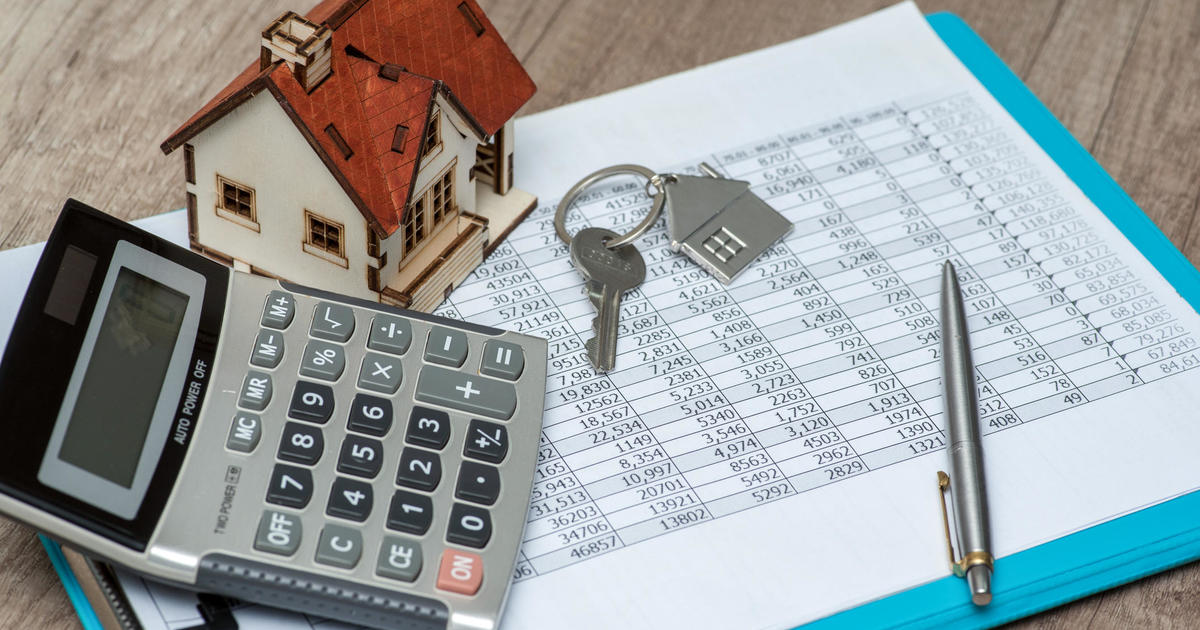Year-end tax planning: More savvy moves to take
Year-end tax planning is a multifaceted endeavor, and now that we’ve dealt with several financial transactions you can do now that will result in a lower tax bill on your 2016 return, it’s time to review more such moves. These are primarily for homeowners, the self-employed and investors.
Homeowners can turn their home-related expenses and improvements into real tax savings. First, the most common deductible expenses are mortgage interest and real estate taxes. In addition to paying your real estate tax bills that are normally due in early 2017 now, you can also make your mortgage payment due in January 2017 now. This will give you an additional month’s worth of interest to claim as a deduction for 2016.
Of course, it’s best to do this if you expect to have higher income and therefore be in a higher tax bracket this year than in 2017. (And regarding what tax rates could be next year, check out how Donald Trump’s tax plan could affect your 1040 for next year.)
Homeowners who earn some income from self-employment income can claim the simplified deduction for a home office. That’s a deduction of $5 per square foot of the home, for a maximum of 300 square feet, or a total deduction of up to $1,500. This deduction is allowed for the portion of your home used exclusively for the business activity. It’s taken directly as a deduction from your self-employed income, therefore reducing the amount that’s taxed as net profit.
The key point is that you’ll need to keep records to document the business use of your home, and it’s allowed even if you’re employed but also earn a few thousand dollars extra from a side job, such as driving for Uber or Lyft.
Finally, homeowners who installed qualifying energy-saving equipment (or plan to before year-end) can claim a valuable tax credit of up to 30 percent of the costs for qualified products. That includes solar-powered units that generate electricity or heat water. The credit is available for for your primary or secondary residence. If you don’t make this by year-end, no worries. The 30 percent credit is available through the end of 2019, after that the percentage steps down each year, ending after 2021.
The self-employed have many ways to save on taxes, but one of my favorites is to open a self-employed 401(k) plan. If you’re an independent contractor or otherwise self-employed and making a profit, this is one of the smartest tax moves you can make.
The best option is the self-employed 401(k) and profit-sharing plan. It allows you to make contributions to your own account as both an employee and as an employer. As an employee, you can make the same 401(k) contributions as other employees can, which is up to $18,000, or $24,000 if age 50 or older. As the employer, you can contribute an additional 20 percent of your net income/profit from self-employment.
The allowable contribution can result in sheltering 100 percent of your self-employment income and is ideal when your household has other sources of income for living expenses. One catch: Even though the contributions for 2016 can be made when you file your tax return next year, the self-employed 401(k) plan must be opened before Dec. 31, 2016.
Finally, investors should try to realize investment losses to offset realized capital gains. If you have investments in taxable accounts (i.e. nonretirement accounts), run a report that creates a summary of the gains and losses or year-to-date tax activity.
Many of the major brokerage firms such as Fidelity, Schwab and eTrade have online features that make this very easy. If you sold investments this year with considerable gains (not unusual given that stocks have risen so far this year), you’ll need to look over each of your remaining positions to see if you’re holding any unrealized losses (where the cost is more than the current market value). You can then decide if these should be sold.
Be careful not to sell a position to realize a loss and immediately buy it back. The wash sale rules disallow losses if you repurchase a substantially identical security within 30 days before or after the sale.




